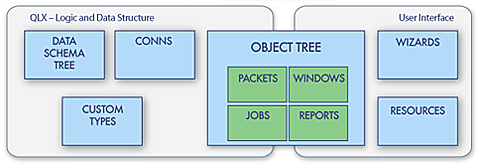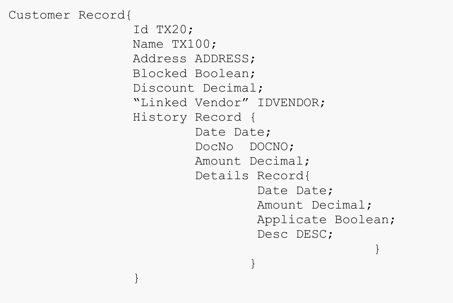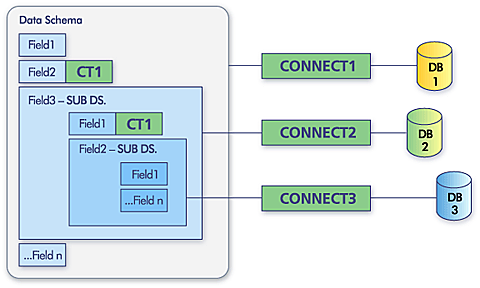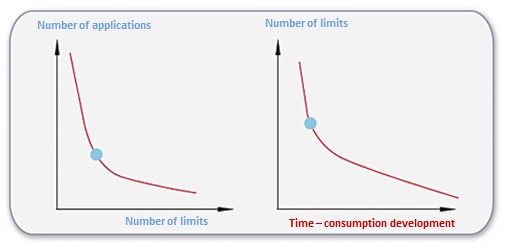Gardens allows to create additional functionalities or their modeling according to Client’s business needs. This is an open system that enables creating links with other programs operating other areas of the company.
Moving from one location to the rank of a wide retail network and vice versa does not cause any difficulty for the system. Gardens is adjusted to the pace of company business development.
Gardens performs business needs dynamically, enables rapid implementation process and change management by implementation team, thanks to an integrated development environment of application - Gardens ERP.
We created a new technology. GAM is a modern platform for application development. QLX is a special high-level programming language developed especially for ERP Gardens.
Operation in various modes and access from mobile devices both at headquarters and for the sales representatives.

we are a producer of enterprise class software as well as dedicated programming environment Gardens Application Model.
Based on 20 year experience in development and implementation of an Enterprise Resource Planning software, Gardens team designed hi-end flexible solution that consist of Integrated Development Environment and application layer of which the key component is Gardens ERP system.
Gardens Software main priority is to deliver ultimate solutions tailor-made and customized to our Client's needs. That is why, one of the key areas covered during development and implementation process is the understanding of sector and company specific business success drivers.
Garden – a basic component of the application architecture
For the theoretical model of the IDE architecture, the following structure was assumed:

TDS (Data Schema Tree)
DS (Data Schema) is a primary structure of the Gardens system. Unlike a table, it is a hierarchical structure. It means that it may contain DS fields.
It is sufficient to provide a sample definition for Gardens. The system implements such definitions in a data base automatically. Field types may be defined based on system types such as Decimal, Text, Boolean, Date, etc. or they can be CT (Custom Types).


OT (Objects Tree) is a repository of application objects. Generally, there are three object classes: windows, reports (user interfaces) and function packages (logics). The package is a code unit of the QLX language and it contains a function group (methods) and global variables (fields). Functions have their parameters, local variables and can return values.
WIZARDS – in the project, it is a data group used to generate report and window objects automatically based on definable templates).
RESOURCES – a repository of icon and graphic resources.
The Garden is a coherent application repository that incorporates a data structure defines in the Data Scheme Tree (TDS), in defined Custom Data Types (CT) and defined Links (CONNS). Gardens can be freely linked with one another using Links.
The definition of Link is an equivalent of another garden that can be stored as a whole in a data base, file catalogue or on the application server.
Optimised IDE – How to optimise the application development environment?
The above graphs show that it is necessary to find an optimal solution in order to achieve the lowest possible time-consumption of building and developing an application and to maintain its numerous usage possibilities.
Such an optimal point can be found for a specialised tool. If this tool is designed exclusively for specific use, time-consumption can be reduced and efficiency can be increased. Therefore, the GAM environment offers an optimal solution.
Interesting articles
How to choose ERP system?
The selection of an ERP system is one of the most significant and the most difficult step of ERP software implementation. Selection of the key criteria determines final decision of the company. more...